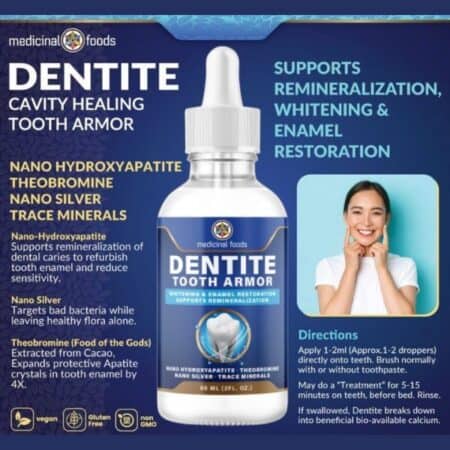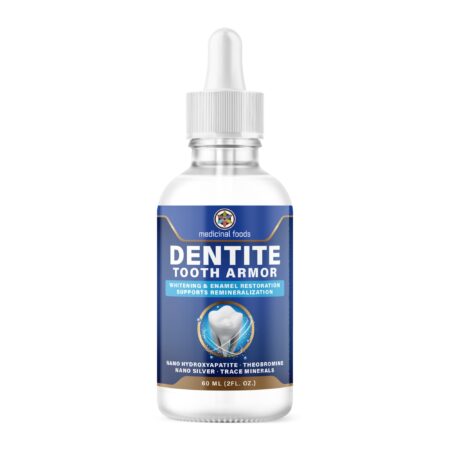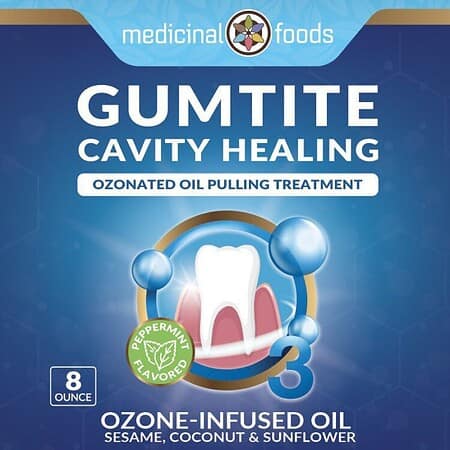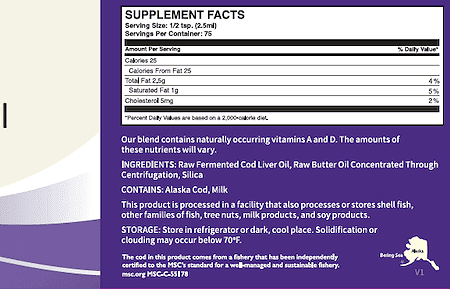Can you reverse a cavity? You might have asked yourself many times. When it comes to oral health, this is one of the most problems faced by patients.
This problem configures one of the most prevalent diseases in the world. It is caused by specific types of bacteria, which produce acids that corrode (demineralize) the tooth enamel and, in more advanced cases, the layer beneath it, also known as dentin.
It is common for many types of bacteria to live in the human mouth. They build up on your teeth in a sticky film called plaque. This bacterial plaque also contains saliva, food scraps, and other natural substances.
It forms most easily in the following places:
- Pits and fissures;
- Between the teeth;
- Around restorations or dental prostheses;
- Near the gum line.
The bacteria turn the sugar and carbohydrates in the food we eat into acid. Acids demineralize the enamel covering the crown of the tooth (the part of the tooth that is visible).
They are so small that you can barely see them at first, but over time they grow larger.
If demineralization is not stopped, the bacteria will continue to grow and produce acid, which can reach the innermost layer of the tooth, where the soft dental pulp and nerve fibers are located.
Tooth roots exposed to gingival retraction should be more careful, as the surface can demineralize more quickly.
Caused by the lack of proper brushing of the teeth, it causes a lot of discomfort and can contribute to the development of channels in the dental structures.
The good news is that with some simple and daily care it is possible to soften and avoid the situation.
Although this problem in the teeth is often associated with poor nutrition and oral hygiene, it is not solely responsible for the condition. There are a number of factors that can result in the appearance of it and that must be taken into account.
The damage that this problem causes in the element – especially in the crown and root of the tooth – must be understood in different contexts, such as time, susceptible individual or tooth, microorganisms and cariogenic diet.
In this sense, the development of the problem also has several stages. When settling on the tooth, microorganisms begin to produce acids on the enamel surface, altering its pH and generating porosity.
After the first stage, there is a greater loss of important minerals from the teeth, such as calcium, which results in the dark holes on the surface of the tooth enamel.
If this lesion persists, it can go beyond the enamel layer, reaching the dentin – which is responsible for painful transmissions. When left untreated at this stage, it will reach the dental pulp, generating acute pain and the need for root canal treatment.
When in early stages, it may not show any symptoms. Then, when enamel demineralizes, teeth can become sensitive to sweet, hot or cold drinks and foods.
How to reverse cavities
When it comes to eliminating cavities, it is common for dental restoration to be the best-known procedure. However, it is indicated only in some specific cases.
When the tooth has a cavity that facilitates the agglomeration of dirt and food residues, the affected area becomes active. At this point, the restoration must be carried out in order to guarantee the integrity of the tooth surface.
On the other hand, when the affected area is still in its early stages, it is possible to treat the problem with good oral hygiene. When observing a small white and porous lesion, a treatment can be performed that consists of the exact orientation of oral hygiene combined with the use of novel with hydroxyapatite, a newly discovered and effective method to treat tooth decay and control bacterial plaque.
Reverse cavities
Many dentists may request x-rays of your teeth from time to time, especially if a problem is suspected.
X-rays may reveal small or forming problems, especially between the teeth. They also reveal larger ones, including whether it has reached the pulp and whether the tooth requires root canal treatment.
Some dentists even use high-tech devices like lasers to detect them. These devices can, under numerous conditions, detect tooth decay at an early stage, when it is still possible to reverse the process.
One of these problems detected at an early stage can be reversed. White spot lesions may indicate an early-stage lesion that has not yet reached the enamel. At an early-stage, it can be reversed by a dentist.
Those that have destroyed the enamel cannot be reversed. Most of these injuries continue to get worse and deeper. Over time, the tooth can decompose to the root. How long this can take will vary from person to person.
One way to prevent them is to reduce the amount of plaque and bacteria in your mouth. The best way to do this is by brushing and flossing your teeth daily.
You can also use an antibacterial rinse to reduce the level of bacteria that cause this decay. Other rinses neutralize the acid in your mouth to make the environment less conducive for these bacteria to grow.
Chewing gum that contains xylitol helps to reduce bacterial growth. Unlike sugar, xylitol is not a food source for bacteria. Other products can also reduce the level of acidity in your mouth. Consult your dentist to learn more about them.
Another way to reduce the risk of these injuries is through the use of hydroxyapatite, which strengthens teeth. A dentist can assess your caries risk and suggest an appropriate treatment.
As it is a process in its early stages, it can be interrupted. It can even be reversed. Hydroxyapatite and other preventative methods help an early-stage tooth to heal on its own (remineralization).
Once this worsens and there is cavitation in the enamel, only the dentist can restore the tooth. In this case, this the standard treatment. If a drill is needed, the dentist will numb the area. If it requires the use of a laser, anesthesia is usually not necessary. The affected tooth structure is removed and the hole is filled.
Many restorations are made with composite resin. It offers good aesthetics because it is the color of the tooth. The latest resins have great durability.
If the lesion is extensive, the remaining tooth may not be able to support enough restorative material to repair it. In this case, the dentist will have to remove the affected structure and cover the tooth with an inlay, an onlay (types of dentures) or a ceramic crown. They can be done either in the office or in a laboratory.
Sometimes bacteria can infect the pulp internally even if the visible part of the tooth remains relatively intact. In this specific case, the tooth in question will need a root canal treatment. A dentist must remove the pulp and replace it with an inert material. In most cases, the tooth will need a crown.
In general, the early stages are painless. Only regular dental checkups and X-rays (or other caries-detecting devices) can reveal a problem at an early stage. If your teeth become sensitive to chewing or hot, cold or sweet drinks and foods, it is recommended that you contact your dentist.
You may have heard that prevention is the best medicine, right? When it comes to avoiding this problem, it couldn’t be different. But don’t forget that even if the problem has already appeared and the question is: can you reverse cavity? The answer is yes!


























